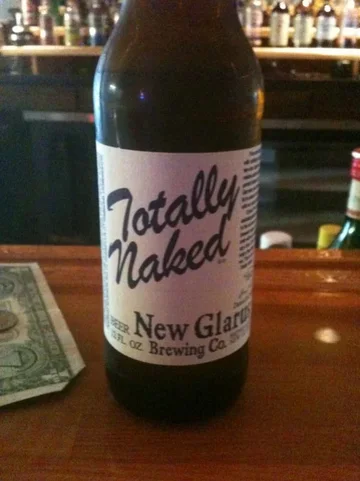Secondary fermenters help with clarity and with flavor. Primary fermentation only takes 5-7 days on average, and produce a lot of trub (yeast, grain, hops settling to the bottom). If left on the trub for too long, beers can develop off-flavors. You'l get more sediment out of the beer after moving it to secondary.
Secondary fermenters allow you to age your beer without risking those bad flavors, which is especially helpful when you're talking about more complex or high-gravity beers.
Siphoning to the bucket, cleaning the carboy, and moving the beer back in is something we've done in the past when all our carboys re in use, so it's certainly a way to get it done with only one carboy at your disposal.
A lot of the recipes we've been making lately recommend 7 days in primary and 4-6 weeks in secondary to allow the flavors to mature.






